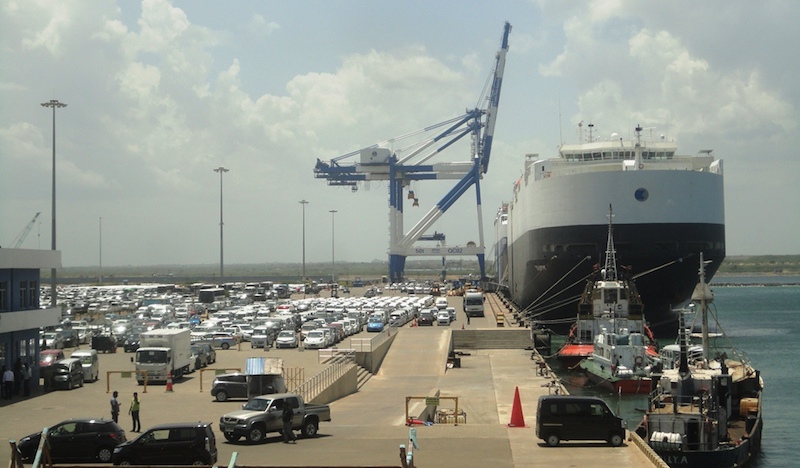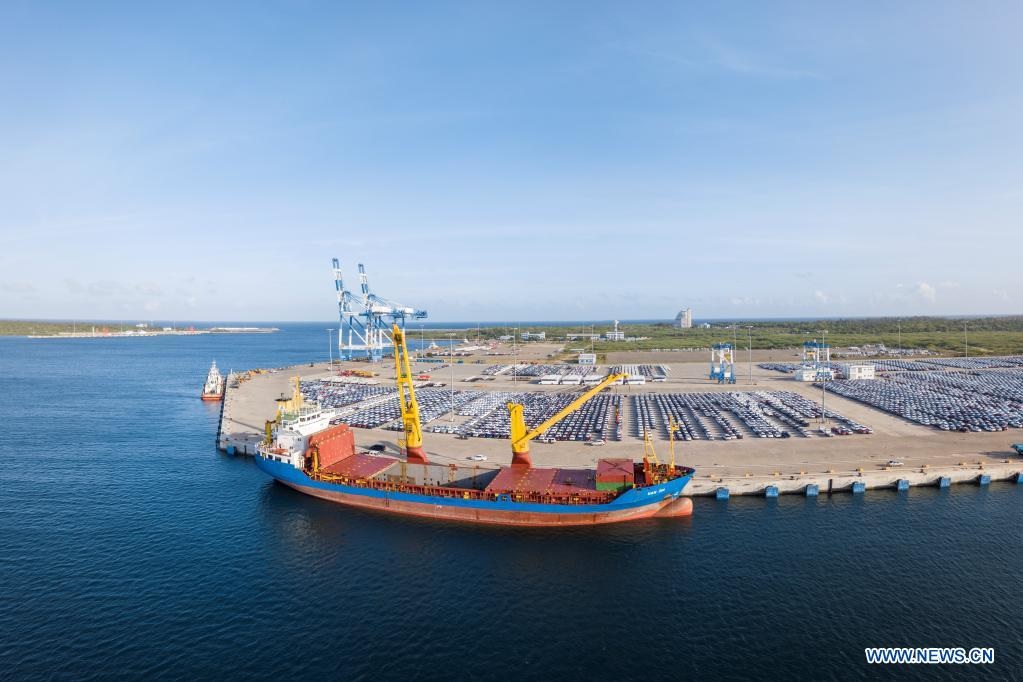Hambantota Port Gears Up for Vehicle Imports Amid Tax Changes and Market Shifts
Sri Lanka’s China-backed Hambantota International Port (HIP) is preparing for an influx of vehicle imports following the government’s decision to lift restrictions starting February 2024. As the market reopens, industry experts predict an initial price surge, but they expect costs to stabilize once the initial rush subsides. Meanwhile, key vehicle exporters from India and Japan are closely watching Sri Lanka’s demand, as their models continue to dominate the local market.

Hambantota Port Expands Operations to Handle Vehicle Imports
In 2024, HIP transshipped 579,362 vehicles, more than doubling the 238,997 units handled in 2023, according to Wilson Qu, Chief Executive of Hambantota International Port Group. To accommodate imports and transshipments, the port has expanded its storage capacity to 4,000 vehicles and established Vehicle Processing Stations to streamline customs paperwork. Enhanced security measures, including 24/7 CCTV surveillance and foot patrols, ensure smooth operations.
India and Japan: Sri Lanka’s Preferred Auto Suppliers
Sri Lanka has long relied on Indian and Japanese automakers, which account for the bulk of the country’s vehicle imports. Indian brands, including Maruti-Suzuki, Tata, Mahindra, and Bajaj, are especially popular for their affordability, fuel efficiency, and suitability for local road conditions. These brands dominate the small car, three-wheeler, and budget SUV segments.
Meanwhile, Japanese automakers such as Toyota, Honda, Nissan, and Suzuki remain the top choices for mid-range and high-end vehicles, known for their durability, hybrid technology, and resale value. Models like the Toyota Axio, Toyota Aqua, Honda Vezel, and Nissan X-Trail are in high demand, particularly among hybrid and reconditioned vehicle buyers.
Following Sri Lanka’s import reopening, Indian manufacturers are expected to see a quick surge in exports, as they cater to the mass-market segment. On the other hand, Japanese exporters, particularly those dealing in reconditioned cars, are adjusting their pricing strategies based on new tax regulations and shifting demand.
New Import Taxes: What Buyers Should Expect
To guide potential buyers, Sri Lanka’s Capital Alliance, an investment banking group, has launched an online tax calculator. Users can input details such as the CIF price, exchange rate, engine capacity, and luxury tax to estimate final vehicle costs. The tool also includes pre-calculated taxes for popular models like the Maruti-Suzuki and Honda Vezel.
However, the Sri Lankan government recently imposed a 50% import duty surcharge, which will significantly impact car prices. Before January 30, general import duties were around 20%, but after the surcharge, they could rise to approximately 30%. Additional luxury taxes and new levies on electric vehicles could further increase the cost of imports.
Short-Term Price Surge, But Stabilization Expected
Due to pent-up demand after years of import restrictions, initial vehicle prices are likely to be inflated by high dealer margins, port charges, and heavy consumer competition. However, as supply stabilizes and more shipments arrive from India and Japan, prices are expected to gradually decrease.
Experts suggest that buyers who are not in urgent need of a vehicle may benefit from waiting, as prices are likely to drop once the initial market rush cools down. The extent of the price reduction will also depend on factors such as future government tax policies, exchange rate fluctuations, and global automobile supply chains.







